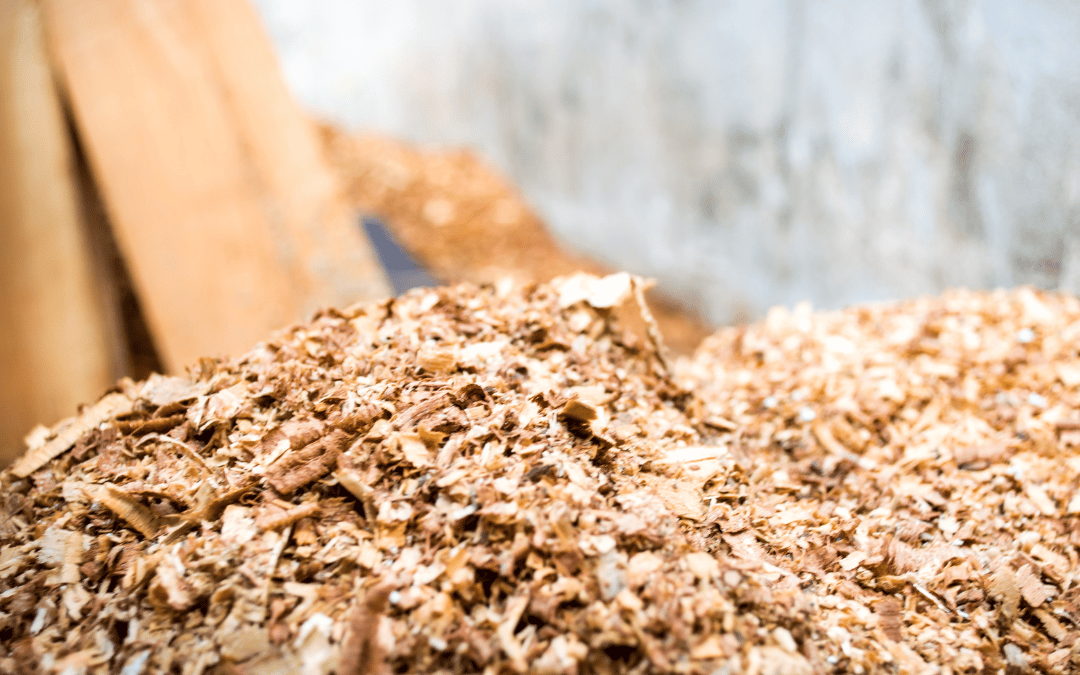Humans inhale approximately 63 different types of dust particles in each breath. Fortunately, a vast majority of these dust types are harmless, although, unfortunately, sawdust is not considered as such. Whether an employee is sanding, sawing, routing, or a host of other common operations, large amounts of dust is created during each stage of wood processing. Added to this, negative health symptoms from sawdust aren’t exclusive to workers in a wood processing environment, as employees from any commercial setting are also at risk to inhaling this harmful particulate matter. Let’s detail the various symptoms that can come from breathing in wood shavings and effective simple methods to protect yourself from these harmful effects.
Sawdust Health Symptoms
Wood dust is one of the oldest occupational exposures and is even considered a Group 1 carcinogen according to the International Agency for Research and Cancer (IARC), meaning that it’s a substance known to cause cancer. Research on sawdust distinguishes health risks differences between softwood and hardwood, showing that inhaling hardwood dust significantly poses a greater risk for cancer. Studies have also shown a strong link between sawdust and Nasal Adenocarcinoma, otherwise known and head & neck cancer, while there’s also moderate evidence proving that breathing in wood shavings can lead to lung cancer as well.
Besides cancer, sawdust exposure can lead to host of other health problems, such as respiratory allergies, and assortment of other respiratory symptoms, decreased lung function, and asthma. In fact, employees who work with wood processing are four times more likely to developing asthma symptoms. Wood types that produce harmful sawdust shavings include:
- Alder
- Beech
- Cedar
- Douglas Fir
- Hemlock
- Maple
- Oak
- Pine
- Spruce
- Walnut
What Else is in Sawdust?
Besides carrying bacteria, mold, and fungi spores, wood dust often contains chemicals. While many of these chemicals are natural compounds found in the wood itself, many additional synthetic chemicals are added during the wood processing itself. The presence of glues, formaldehyde, resins, and other treatment chemicals dramatically increase health risks of inhaling wood dust. On top of this, chemicals such as asbestos, lead, arsenic, silica, yew, and many more all are toxins which are naturally found in wood. In addition to inhaling sawdust, wood shavings also pose other health risks such as skin irritation, ulceration, eye damage, and rashes.
Effective Methods to Stay Safe from Sawdust
Employees working in fields like construction, logging, sawmills, furniture making, shipbuilding, and general carpenters are all exposed to high levels of sawdust. In industries such as these, both hardwood and softwood dusts have Workplace Exposure Limits (WEL) which must not be exceeded. Common precautions taken to lessen employee sawdust exposure comes from purchasing the right equipment, which is usually just a dust mask due to it being the quickest fix. Some companies choose to purchase dust collectors, which is a vacuum-operated device used to extract dust from an environment and protect employees as a whole. While these methods can get expensive, O2 Nose Filters provide an inexpensive and effective additional precaution to protect wood workers from harmful sawdust.
While our nasal passageways try their best when it comes to filtering harmful particulate matter from sawdust, they aren’t perfect. That’s why O2 Nose Filters are such an effective solution when it comes to improving our mental and physical health. Nose filters are a discreet, effective option to protect against airborne particulate matter from wood shavings. The O2 Nose Filter uses 3M’s patented AEM™ electrostatic technology to capture allergens, viruses, and other particulates, making them a valuable tool for anyone who wants to drastically limit the pollutants and pollens they breathe in daily.

BLOCK IT OR BREATHE IT
Click here for a FREE (+S&H) sample pack to see which size works best for you!



